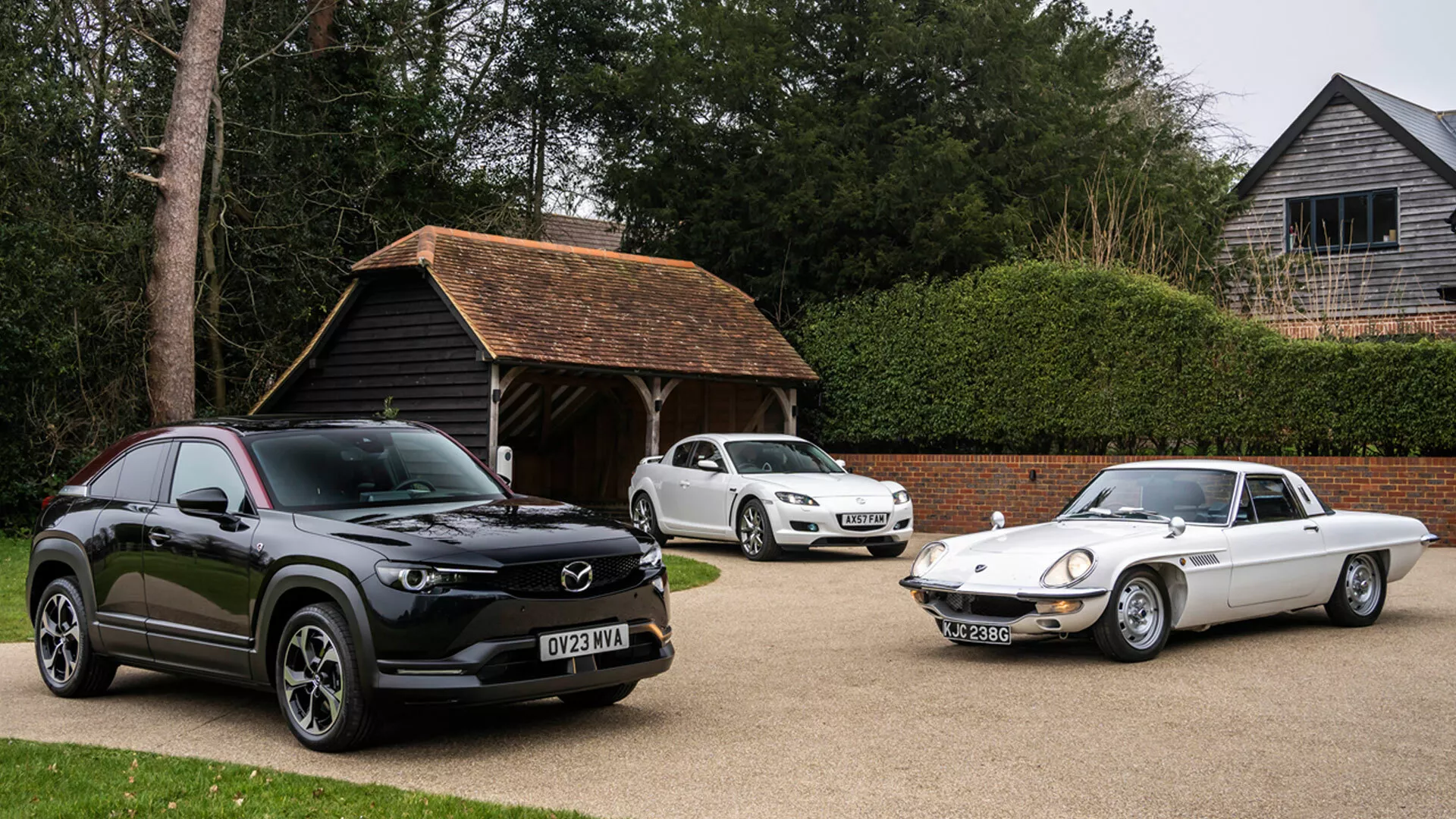Welcome back to another certified banger of a blog (the final countdown starts playing in the background). The last post for this series has to do with engineering and yet another exciting discovery. Last week it was a lake (exciting right) but this week it is something that we probably use every day, cars.
The evolution of the car and the internal combustion engine has seen the want for humans to have their 4 wheeled friends move faster and faster. Back when the first cars were invented in the late 1880s, the last thing people cared about what was was coming out the exhaust. The main focus was creating a machine that would get someone from point A to point B quickly. As time has gone on, us humans have gathered a better understanding of the harmful effects that internal combustion engines have on the environment due to emissions of green house gasses, harmful gasses and particulate matter.
The evolution of cars and engine technology has seen companies veer away from internal combustion engines to a battery alternative, cutting down harmful green house gas emissions directly from the automobile. There are problems associated with this as cars need charging and, in South Africa, we get our power from grossly unsustainable means, so is the electric vehicle really helping the cause? The answer is likely a no.
While the constant conversation in the environmental and climate change world is adaption or mitigation, an engine concept that has a lot of logic behind this is the hybrid engine. While hybrid engines still emit green house gases, the amount is a considerable amount less than normal, gasoline engines, while obviously producing more in comparison to electric vehicles. So the idea then comes in, is it better to rather head towards a hybrid alternative rather than a full electric engine considering hybrid vehicles are more fuel efficient compared to full gasoline and only slightly more harmful than electric vehicles?
In comes the new Mazda development of a fresh look on the rotary engine. Rotary engines have been around for a very long time and are seen in some way as a competitor to piston internal combustion engines. The different type of internal combustion engine has, in the past, come under scrutiny for high emissions and low efficiency, so why the new fuss about it now?
Rotary engines can be argued to be better pound for pound in comparison to their piston brothers. While past involvements of rotary engines have seen worse performance and efficiency than piston engines, rotary engines can be seen as more reliable if these problems are fixed (due to far less moving parts).
The new look that Mazda has on these rotary engines in an interesting one. A hybrid approach vs a complete internal combustion engine is a unique look on the hybrid engine with a rotary engine acting as a generator to the internal batteries. This idea posing as a possible solution to efficiency problems.
Why do they solve the problems in hybrid cars? The largest drawbacks in hybrid cars are often expense, reliability and less horsepower. Rotary engines are cheaper to manufacture, more reliable and lighter, possibly compensating for the heavy batteries in a car as well as more reliable charging of them in hybrid cars.
Electric cars, nor hybrid cars might not be the exact answer to solving the car green house gas emission crisis but there are plenty developments to this technology that can be made. Especially in a South African context where many people push electric vehicle use but in a local context, the idea doesn't really hold true. Hybrid engine technology development might provide a better 'one size fits all approach' with tackling energy efficiency while concurrently decreasing pollution.
So then, it comes to an end it was a great ride with everyone that tuned in and hopefully you learnt something. Whether it was how the atmosphere came to be, or isotopes or in this case, engineering, I hope that this blog was your 'You learn something new everyday'.
Until next time.



Comments
Post a Comment